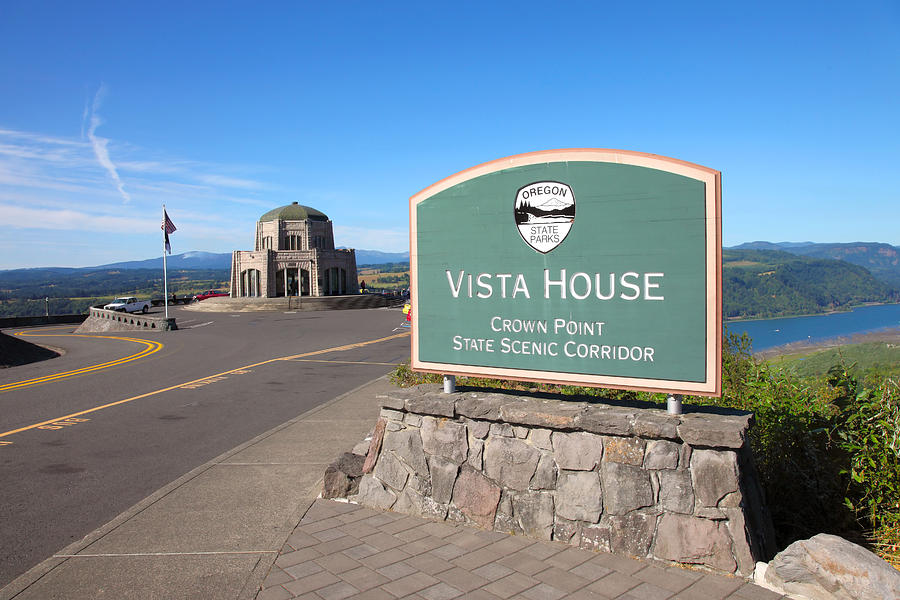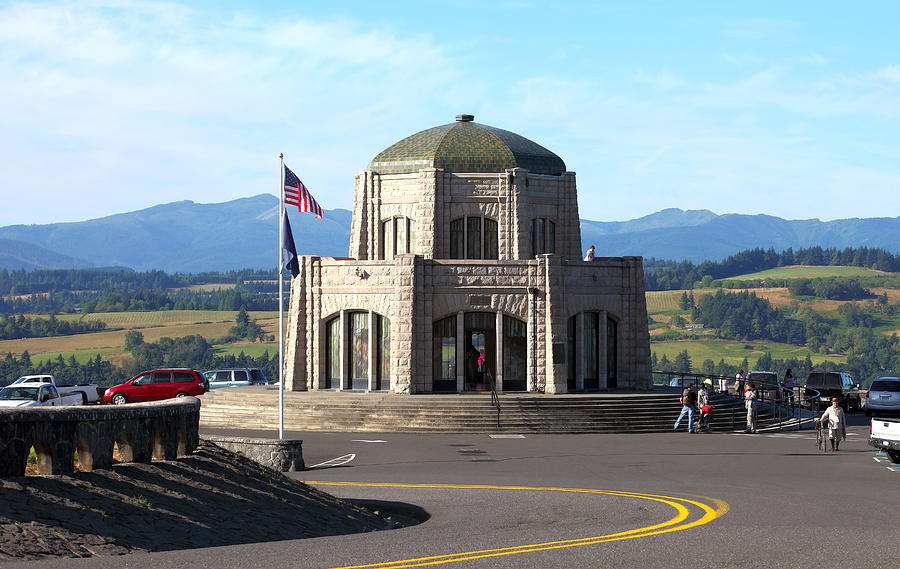![]()
VW is resurrecting its iconic microbus — the quintessential van associated with hippie counterculture of the 1960s (below) as an
all-electric van called the ID. Buzz.


![]()
VW is resurrecting its iconic microbus — the quintessential van associated with hippie counterculture of the 1960s (below) as an
all-electric van called the ID. Buzz.



On March 10, 1959, Tibetans banded together in revolt, surrounding
the summer palace of the Dalai Lama in defiance of Chinese
occupation forces.
China’s occupation of Tibet began nearly a decade before, in October 1950, when troops from its People’s Liberation Army (PLA) invaded
the country, barely one year after the Communists gained full control
of mainland China. The Tibetan government gave into Chinese
pressure the following year, signing a treaty that ensured the power
of His Holiness the Dalai Lama, the country’s spiritual leader, over
Tibet’s domestic affairs. Resistance to the Chinese occupation built steadily over the next several years, including a revolt in several
areas of eastern Tibet in 1956. By December 1958, rebellion was simmering in Lhasa, the capital, and the PLA command threatened
to bomb the city if order was not maintained.



CORBETT, Ore (KATU). — Vista House is set to reopen to visitors
in the Columbia River Gorge this coming weekend.
While the viewpoint and parking lot have remained open, Vista
House and its gift shop and café will be back open to the public.
The historic Columbia River Gorge attraction has been closed for
most of 2020 and 2021 because of the coronavirus pandemic.

Vista House opened in 1918 (above) as a glamorous rest stop and observatory for those traveling the new highway. This “comfort
station” was a rest stop like no other, featuring marble floors,
stained glass windows — and, of course, a stunning view. In the
words of The Oregonian, it was “the finishing achievement for the greatest highway in America.”
Architect Edgar M. Lazarus designed the building to be functional, beautiful and commemorative: the rest stop served as a memorial
to the settlers who had traveled the final stretch of the Oregon Trail
along the Columbia River. Inside, stone panels are carved with the
names of settler families. Listed on the National Register of Historic Places in 1974, the building fulfills Lazarus’s vision as a “temple to
the natural beauty of the Gorge.


Edgar Marks Lazarus
(June 6, 1868 – October 2, 1939)

